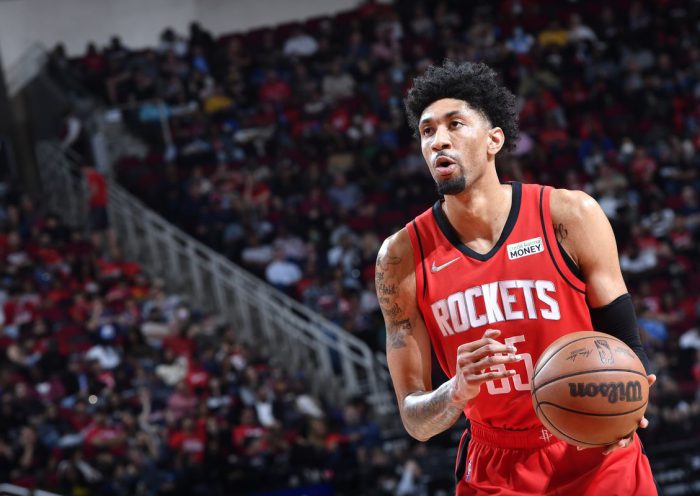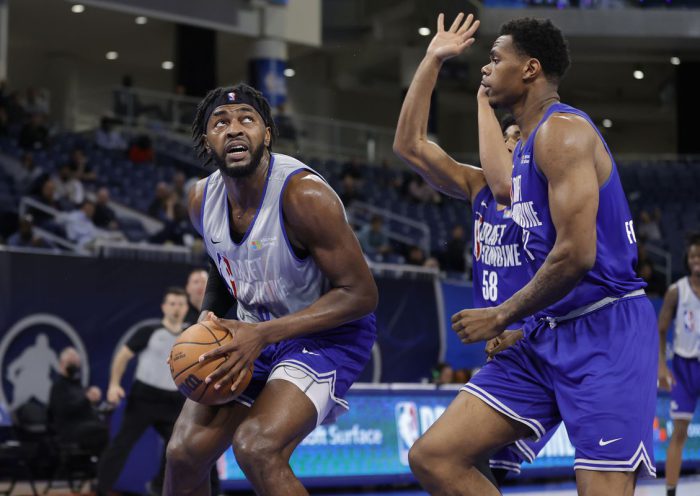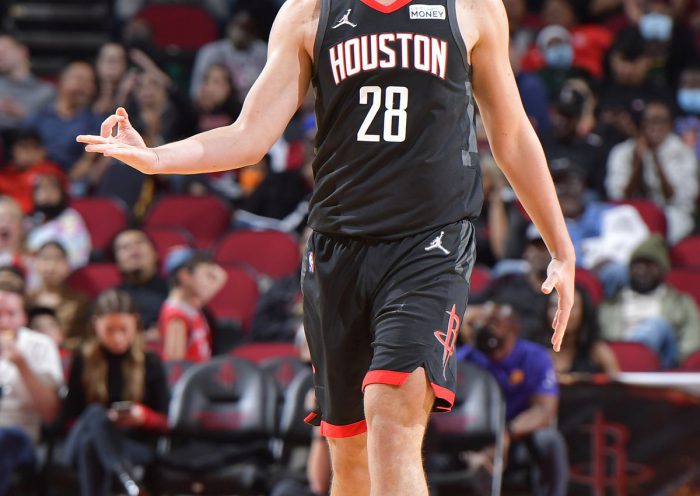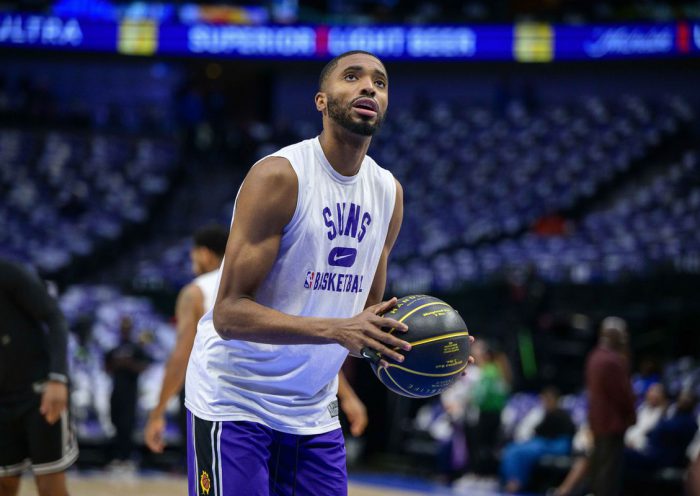shop Phoenix Suns 13 Nash Latin Nights OrangeDo NCAA Teams Get Better Recruits Following a Championship Season?
Shoutout to the Baylor Bears, fresh off their first championship in history after making it to the tournament’s Final Four in three different years since 1948, including this one. Quite a feat considering everything that has gone on through the past 12 months, including a no-Madness March just one year ago when the tourney got canceled due to COVID-19.
Head coach Scott Drew has been around Baylor since the 2004 season, quite a long tenure, and he’s solidified the Bears into a force that has finished inside the AP Top-25 in eight of the 18 seasons he’s been the college’s HC. Not bad. The Bears, though, have not been that great (or that lucky, depending on how you look at it) on the recruiting trail, landing only four top-25 prospects in Drew’s run as HC and all of them came from 2010 on. Now that they have finally added the Natty to their shelves, will that change?
I was curious about the impact of winning the chip in the recruiting side of college, so I took to my database (built from 247Sports Combine and RSCI ranks) to try and find a relation between both things. Here is what I found.
The methodology and the data
As you already know, I’m working with prospect rankings coming from both 247Sports and from RSCI. That has allowed me to build a dataset of 13,347 kids comprising recruits from the class of 1998 to the upcoming 2023 one, including their rank, origin, position, bio, college of choice, McDAAG selections, etc...
You probably know, too, that recruits are often given a “star” rating, most often ranging from 3 to 5 stars—only four players, all from the class of 2004, were labeled as 2-star prospects while ranking better than 300th and they were the next-four kids next to that rank.
On average, each HS class contains around 25 prospects labeled as “5-star recruits”. In fact, only 17 players have been ranked outside of the top-25 in their respective classes while carrying that 5-star tag, topping at four in the classes of 2016 and 2018.
For this exercise, then, I’m keeping it to the top-25 prospects of each class to see whether or not NCAA champions scored themselves any top-tier recruit following a championship, or if they really didn’t reap the rewards so quickly.
Obviously, some colleges—namely, the blue-bloods of the sport—have a long track of recruiting the best talents yearly no matter their season result. In order to soften that aspect a bit, I’ll be looking at four-year recruiting spans finishing in the season prior to the college winning the title, so we get a better picture of how they had done prior to getting the Natty, and then at the two classes that immediately followed that championship (the one from the year they won it, and the next one).
Just to make things clearer, here’s an example based on Kentucky’s 2012 championship season:
Kentucky won the Natty in 2012.In the span from 2008 to 2011 (four years prior to the chip), Kentucky recruited a total of 12 top-25 kids for an average of 3 per year.In the championship year (kids could commit as they were watching Kentucky win more and more on its way to the chip), and the next one (2013), Kentucky recruited a total of 9 (!!!) top-25 kids for an average of 4.5 per year in those two.That yielded a “positive” impact of 1.5+ top-25 recruits by Kentucky following the championship.
With the methodology already explained, let’s take a look at every champion we have data of, starting with Maryland in 2002.
Championship-Season impact in the immediate-next recruiting classes
As I’m considering the prior four seasons of recruiting prior to the year in which a college won the championship, that means that I have to start looking at 2002 Maryland and their recruiting track from 1998 (the first year I have ranks from) to 2001.
Here are all 18 champions from 2002 to 2019, the total and the average number of top-25 prospects they recruited before (four classes) the chip, and those he landed during/after (two classes) winning it:
Impact of Winning the Natty in Recruiting - 2002-20Chris Paul Jerseys19
Numbers don’t lie, I guess. Going all the way back to 2002, and the four recruiting classes prior to that for national champions only once has a winning college not landed more top-25 prospects on a per-year average after winning the trophy than it did before winning it.
UConn, following its 2011 title, is the only college that suffered a dropdown in recruiting talent the year they won the Natty and the next year combined.
The Huskies won the 2011 chip after having recruited three top-25 recruits in the four years leading up to it: 2008 no. 12 Kemba Walker and no. 17 Ater Majok, and 2009 no. 20 Alex Oriakhi.During the title-run, UConn recruited 2011 no. 18 DeAndre Daniels.Other than that, they couldn’t land any other top-25 recruit, which meant they went from an average of 0.75 top-25 in the four years prior to the championship to just 0.5 following it in the next two seasons.
Again, the difference is nothing mindblowing, but it can be said that other than UConn no college has suffered a negative impact—as we could have expected—after winning a championship. What a surprise knowing winning makes no bad to anyone, folks.
The most interesting cases that popped up in the data are probably those of 2012 Kentucky and 2005 North Carolina, as those are the only two colleges that won the championship after stashing 7+ top-25 prospects from the classes leading up to those titles, yet they somehow imprKids NBA Clothingoved their average in the years following the championships.
North Carolina landed seven top-25 kids before the title run, of which five of them were actually top-10 players from their respective classes. Following that, the Tar Heels were able to capitalize on the chip by landing 2005 no. 9 Tyler Hansbrough and 2006 no. 3 (Brandan Wright), no. 7 (Ty Lawson), and no. 9 (Wayne Ellington).Kentucky had an insane recruiting run in the four years prior to the chip, and it was just a matter of time for them to end winning the Natty. They had rostered the likes of John Wall, DeMarcus Cousins, Brandon Knight, Enes Kanter, Anthony Davis, Michael Kidd-Gilchrist, etc... before adding the title, so it all made sense. Not happy with that, it seems, Kentucky went on and found a way to getting as many as 9 (!!!) top-25 recruits in that title-run year and the next one combined, including five top-10 players from the 2013 class, and the no. 1 of 2012 in Nerlens Noel. Peak John Calipari right there.
What should we expect from Baylor going forward?
W chris paul the valley jerseyill the Bears keep the trend going, or will they join Connecticut as the “second-ever” (from 2002, that is) college to worsen its recruiting track after winning the Natty? Had Gonzaga won the 2021 championship, they’d be on the wrong track themselves as they had one top-25 recruit leading up to the chip (2020 no. 11 Jalen Suggs) but none yet from this or next-year classes.
Baylor, on the other hand, reached the Natty without a single top-25 recruit in the past four seasons (in fact, the Bears have not recruited a top-25 player since 2012 no. 4 Isaiah Austin). And most promisingly, Baylor already has word from 2021 no. 15 Kendall Brown to join them for next season’s run.
There are only five top-25 kids left without a destination in the 2021 class, and none of them projects as a Baylor commit going forward—two of those five are expected to go the professional way, also. The class of 2022, though, is the one from which Baylor can get some players thanks to this year’s championship. Only three of the 25-best players in the class have already committed, and just seven more (per 247Sports predictions) look like locks to join a college other than Baylor or turn pro.
All of that le devin booker nike shirtaves (at the time of this writing) as many as 15 players for Baylor to poach while surfing the championship wave. Only two of those 15 players (no. 18 Cason Wallace and no. 23 Bryce Griggs) are from the state of Texas, but Baylor seems to be leading the race for Griggs while still alive on Wallace’s list of candidates. This is not even remotely close to a scientific, never-fails method or test, but judging but what has been happening for the past 20 years, odds are the Bears end landing at least one of those two.
We just have to wait a little bit more, but things can’t look much better around Waco, TX these days.



